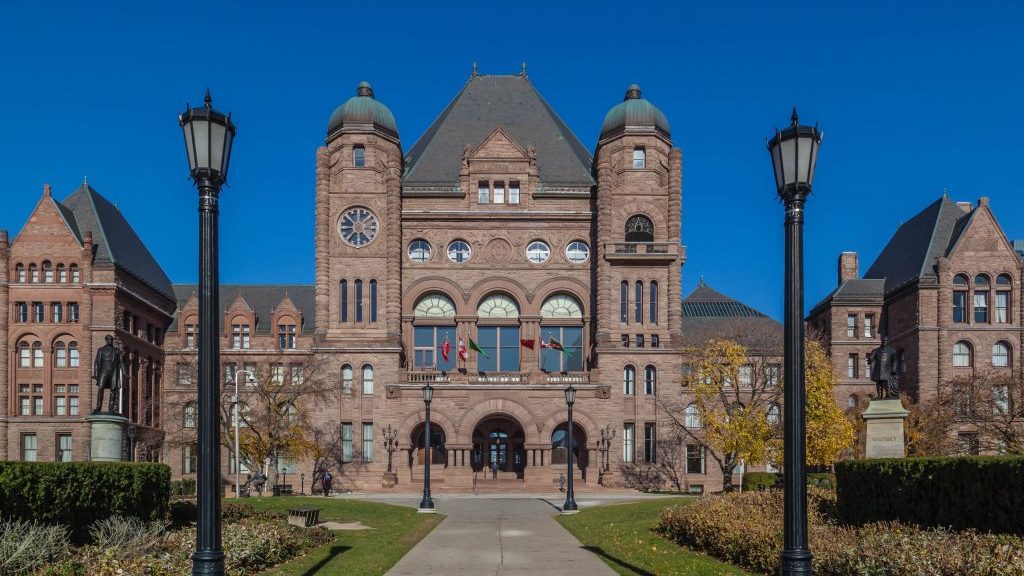Bill 23 has been attacked from many angles, one of the strongest being criticisms concerning municipal development charges (DCs) levied on new housing projects.
Mississauga Mayor Bonnie Crombie claims Bill 23’s changes will cost her city $800 million over 10 years. Toronto Mayor John Tory says development fee reductions could take $200 million out of city coffers annually.
Numerous smaller municipalities around the province say the same thing. The City of Orillia says the shortfall will be $13.4 million over the next five years. The County of Simcoe, north of Toronto, estimates a shortfall of $68 million.
Meanwhile, building industry organizations claim development charges are hampering development.
“These hefty fees are out of control and can result in a project being shelved. Municipalities have become dependent on them, and an alternative must be found,” said RESCON president Richard Lyall in a statement.
All municipalities have said publicly that “Growth should pay for growth.”
Lyall disagrees.
“The costs associated with new development and growth cannot be borne by just those seeking new homes for rental or ownership. Some of the cost of infrastructure renewal must be borne by the broader tax base,” he said in a later statement.
“Cities are building up massive development charge reserves and now have more in the pot than they are spending or plan to spend,” Lyall continues.
Characterizing municipal cash reserves as a vast treasure chest of untapped riches is adamantly refuted by the County of Simcoe.
“The County of Simcoe does not have a significant reserve garnered from development charges,” Rob Elliott, general manager of engineering, planning and environment for the county, told the Daily Commercial News.
“Instead, monies received through DCs are being invested into social and community infrastructure projects. Bill 23 will remove funding that has already been committed to these initiatives and that would ultimately have been used for the greater good of our communities in need of affordable and attainable housing.”
To better understand the gulf of misunderstanding between reserve funds and development fees, some clarity on Bill 23 is required.
Specifically, the bill does not necessarily freeze or eliminate all development charges. While certain qualifying lower income and multi-unit residential projects may, in fact, gain limited exemptions, other DCs will be determined under new phased-in regulations.
As explained by land development advocacy and litigation specialists Davies Howe, prior to Bill 23, DC bylaws were reviewed by the imposing municipality every five years, with charges typically increasing sharply.
Now, any DC bylaw increase enacted as of Jan. 1, 2022 will be retroactively phased-in over a five-year period. In year one, the maximum DC that could be charged would be discounted at 20 per cent. This discount would decrease by five per cent each year until year five, where the full rates would apply. Furthermore, the review period has been expanded to once every 10 years to slow down increases.
Municipalities are responsible for building and maintaining a wide range of capital infrastructure that supports existing homes, businesses, social programs and civic facilities.
In addition to the obvious like roads, water filtration, waste water management, there are public facilities like recreational centres and parks, vital to attracting new residents and businesses and retaining existing ones, particularly in smaller municipalities outside the GTA.
However, Ontario municipalities have limited abilities to raise required operational and capital funds.
As described in the 2018 Guide to Asset Management for Municipalities in Ontario, there are basically two methods: “Pay as You Go” and funding from capital and reserve funds.
Pay as You Go entails property taxes and user fees, with grants from higher levels of government providing occasional help. It’s a suitable strategy for shorter life and/or lower value assets, the guide says.
Reserve funds are created typically as a source for future capital works like water filtration plants, social and recreational facilities, or emergency operational contingencies similar to a rainy day piggy bank.
For example, the City of Orillia recently had to dip into its $4.9 million reserve for $1.9 million of repairs to its 12-year-old Rotary Centre ice complex when a Legionella outbreak forced the facility’s closure.
Although operational deficits are illegal for municipalities in the province, debt can be used as a source of capital funding when significant capital projects exceed other available sources of financing. Even so, Ontario has established a debt annual repayment limit of 25 per cent of municipal revenues.
The unfortunate result of Bill 23 may be either massive property taxes on existing home and businesses or significant cutbacks to local investment and programming.







Recent Comments
comments for this post are closed